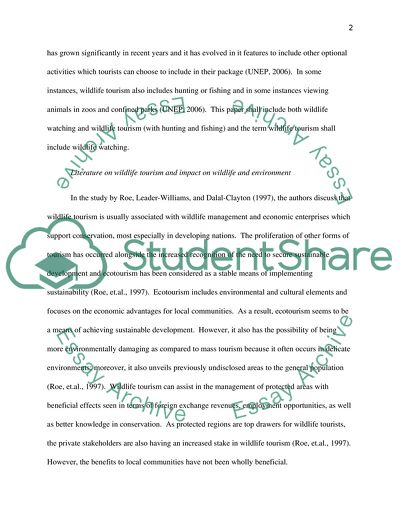Cite this document
(“Wildlife Tourism and Environmental Impacts Research Paper”, n.d.)
Wildlife Tourism and Environmental Impacts Research Paper. Retrieved from https://studentshare.org/environmental-studies/1772091-summarative-essay-based-on-tourism
Wildlife Tourism and Environmental Impacts Research Paper. Retrieved from https://studentshare.org/environmental-studies/1772091-summarative-essay-based-on-tourism
(Wildlife Tourism and Environmental Impacts Research Paper)
Wildlife Tourism and Environmental Impacts Research Paper. https://studentshare.org/environmental-studies/1772091-summarative-essay-based-on-tourism.
Wildlife Tourism and Environmental Impacts Research Paper. https://studentshare.org/environmental-studies/1772091-summarative-essay-based-on-tourism.
“Wildlife Tourism and Environmental Impacts Research Paper”, n.d. https://studentshare.org/environmental-studies/1772091-summarative-essay-based-on-tourism.


